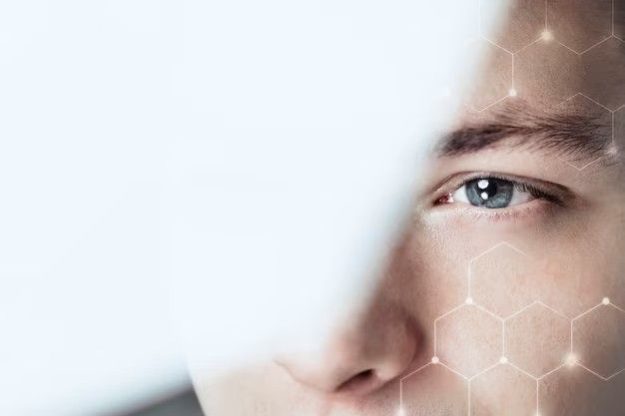
چگونه میتوانیم از علم آیندهپژوهی، برای ساختن آینده خود استفاده کنیم؟

So far, teacher educators and policymakers have investigated the effective factors in promoting teachers’ performances. Teachers’ professional lives are full of challenges that managing them is of utmost significance in teachers’ job satisfaction and students’ achievements. One of the critical factors that help teachers face these challenges is using self-regulated skills and strategies. Due to the importance of self-regulated strategies in teachers’ professional success, the present essay put attempt to focus on this issue from different perspectives. To do this, first, the author highlights the theoretical framework of teachers’ self-regulation, second, she mentioned how self-regulated strategies help teachers with instructional issues, and then she enumerated some of the influential factors in developing a self-regulated teacher. Briefly speaking, this topic was composed of four parts:
The first two parts are discussed in this essay and the rest will be the focus of the next essays.
According to the social cognitive theory, an individual’s behavior is the outcome of a triadic reciprocal interplay of personal, behavioral, and environmental elements (Capa-Aydin et al., 2009). Individuals act and behave based on their motivation, beliefs, and behavior within a network of reciprocally interplaying elements. As a distinguished key figure of this framework, Bandura (1986) labeled this theory ‘cognitive’ to emphasize the effect of cognition on individuals’ capability to encode knowledge, self-regulate, and perform behaviors. Relied on this perspective, external stimuli are confined in terms of explaining the complicated nature of human behavior. Rather, their behavior can be featured by some fundamental capabilities including vicarious capability, self-regulatory capability, and self-reflective capability.
In this vein, self-regulation can be described as ‘self-generated thoughts, feelings, and actions that are planned and cyclically adapted to the attainment of personal goals’ (Zimmerman, 2000, p. 14). Based on this definition, individuals determine some goals, make plans, decide on appropriate strategies to achieve these goals and self-evaluate what they have done.
Motivational self-regulated strategies
Adhering to the theoretical definitions of self-regulation, a considerable number of empirical studies in the field of teachers’ self-regulation have been conducted confirming a significant between the use of self-regulated strategies and teachers’ effective performances (Capa-Aydin et al., 2009). Motivational self-regulated strategies are composed of goal orientation, intrinsic interest, and self-efficacy. The component goal orientation includes mastery goals and performance goals. Teachers with a mastery goal tend to employ new teaching skills, grow competence, achieve insight into their job, and master the activities against self-set standards while teachers with performance goals try to perform better than their colleagues and the colleagues’ judgment of their performances is of high importance for them. Practically, teachers with mastery goals care more about the quality of teaching so, they make the best effort to enhance their professional abilities in order to have better management of challenging tasks; it is proved that teachers with mastery goals are highly efficacious teachers who are willing to employ new teaching styles and strategies to enrich learners’ autonomy. In contrast, teachers with performance goals tend to have the best performance because of job promotion. In this part, the author focused on the role of motivational self-regulated strategies in teachers’ performances. The following parts will deal with other dimensions of self-regulated strategies.
Zimmerman, B.J. (2000). Attaining self-regulation: A social cognitive perspective. In M. Boekaerts, P.R. Pintrich, & M. Zeidner (Eds.), Handbook of self-regulation (pp. 13–39). Academic Press.
Capa-Aydin, Y., Sungur, S., & Uzuntiryaki, Esen. (2009). Teacher self-regulation: examining a multidimensional construct. Educational Psychology, 29(3), 345-356.

